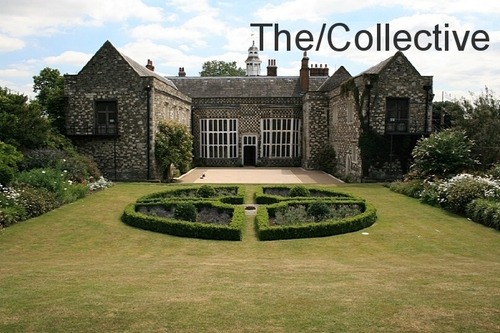Thursday, July 29, 2010
new to blogger...
Dynamic, Flowing Spaces Define a House Outside Columbus Architecture by Bart Prince
Remember the amazing indoor pool from yesterday’s post…. well here is the amazing home it belongs too….
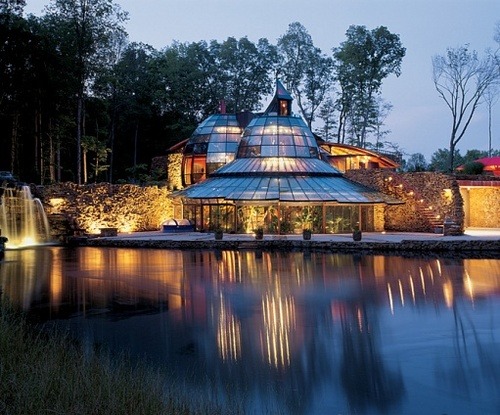
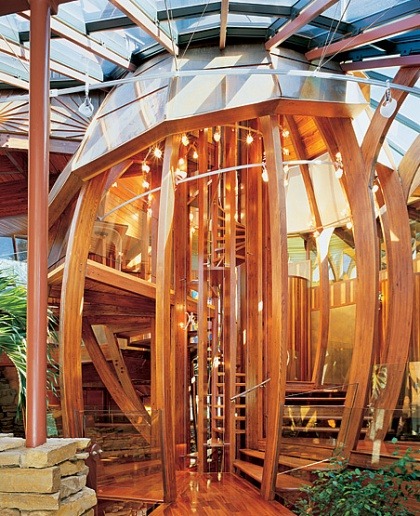
Prince, who avoided interior walls for the public spaces, defined the central, spiral staircase with bowed laminated-pine beams. Throughout, explains the architect, “beams carry the structural loads but also designate spatial separations between areas.”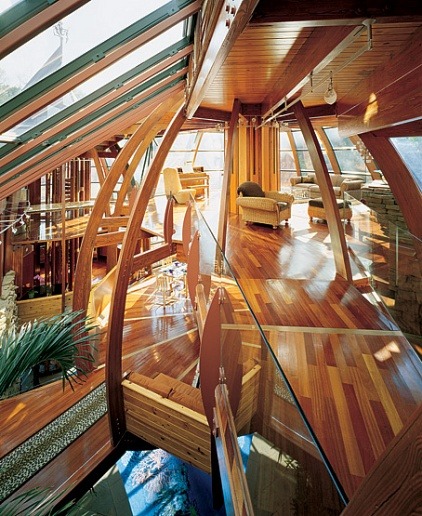
“We wanted everything to be transparent, not translucent,” Prince says. “There are almost no blinds, draperies or brise-soleils.” Windowpanes, which cover three quarters of the exterior, enclose the storm room. Glass guardrails “join the spaces visually.”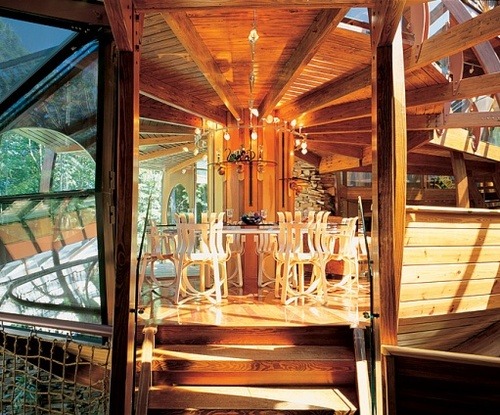
Beams radiate from a central column in the main living area. Above it is the storm room; below, accessible by a ramp, are the pool and garden area. Inside the column are the house’s mechanical and electrical systems. Sandstone quarried on-site was used for the fireplace, at rear.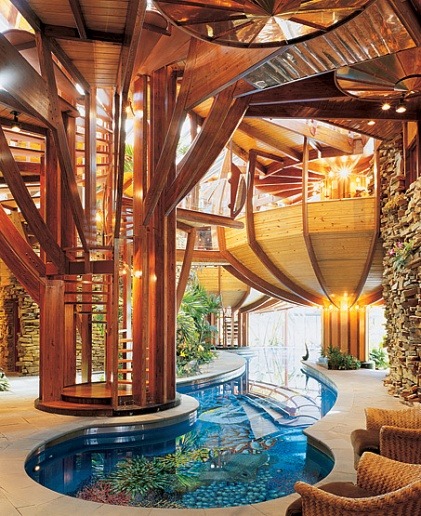
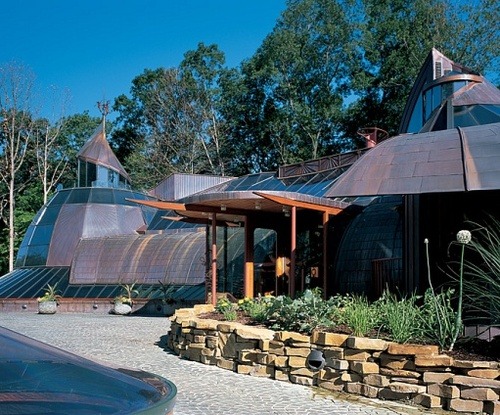
The curvilinear glass-and-copper-clad residence “had to be beautiful from the air, since Steve comes in by helicopter.”
via ~ architecturaldigest
B&N wall designs…
Forget boring paints and outdated wallpapers, this decorative wall paneling by B&N is a new unique way to bring some exciting decorative patterns to your home. ‘Iconic’ paneling is true to its name, giving your walls some well-deserved star power with its carved patterns that range from abstract, to birds and blooms, to traditional to contemporary designs. And its make is as unusual as its look – this wall paneling is produced using a unique method of formed laminate over carved wood, which gives you that sculpted look along with durability that lets you saw, screw, nail, glue or mount it to suit your specifications. Then just paint as you please, add shelving, accessories and hardware, and you’re good to go. Behind their chic aesthetics, these decorative wall panels are also available with LEED-qualified, fire-rated or water-resistant cores. For more details visit B&N.
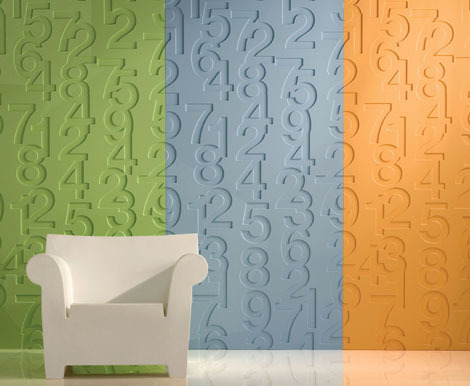
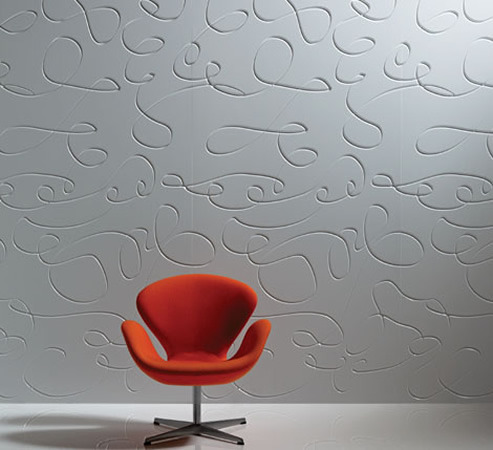
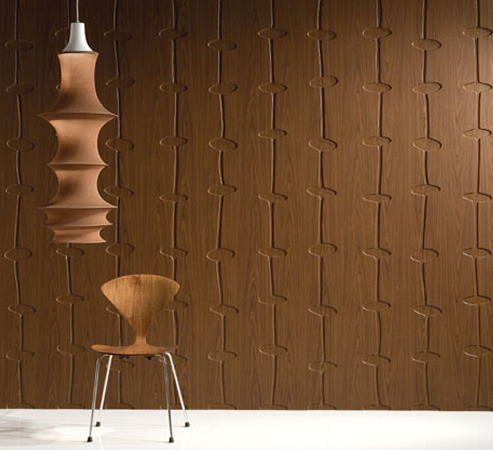
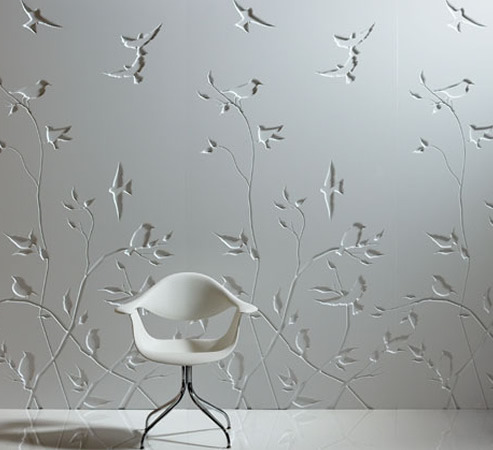
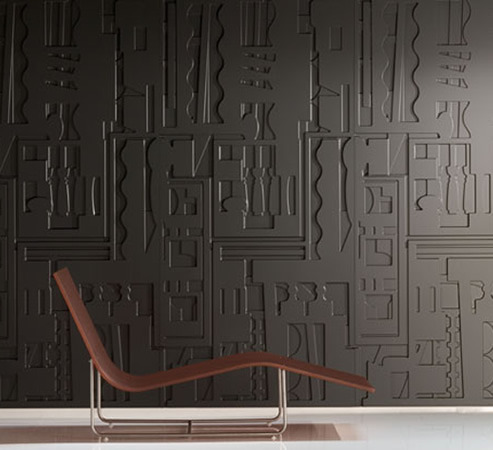
My English fix for the day….
Those of you who have been following my blog for a while have probably already figured out that I have an on going love affair with Old English architecture. I think they had this open space, loft like home living down along time ago. So in this article once again I travel to jolly old England to bring to you yet another architecturemasterpiece….
photos ~ The collective
(most of these vacant home are used for photo shoots, films, etc in England)
Location:
LONDON - South East
Half Tudors, half Stuarts; beautiful large country house with greenhouse, many formal gardens and a stream are just a few things that can be said about this amazing piece of English architecture..
With it’s beautiful stone exterior and u shape design this mansion quietly sits waiting for someone to come along and bring life into these wonderful walls…
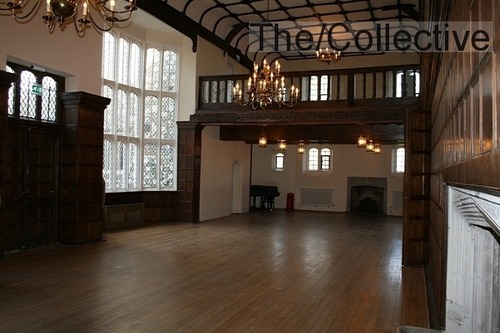
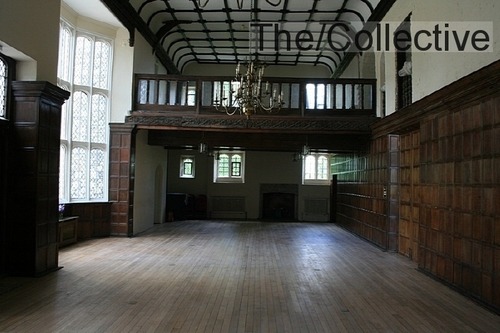
When you walk in it’s door you find this amazing room, rich with wood trim and walls, a balcony, and windows that reach for the sky, “now tell me they were not loft living already in this room”…lol
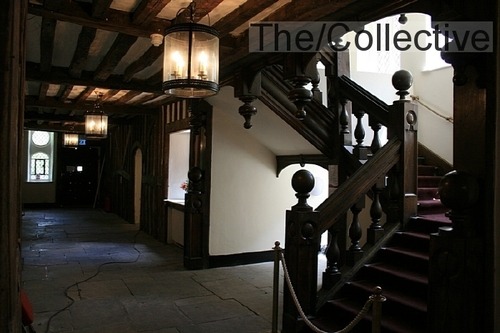
The stairway all curved and floors made of concrete tiles, were just another sign that their architecture juices were flowing way back in time…
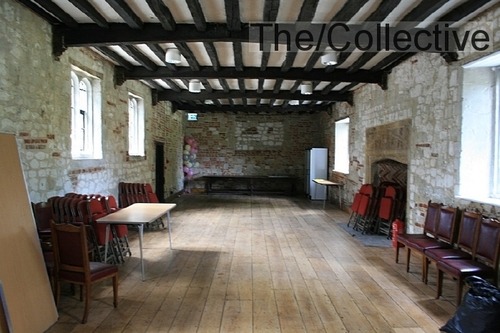
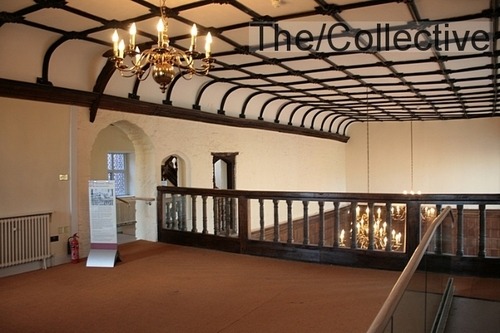
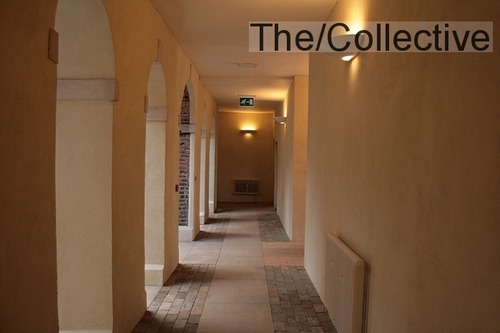
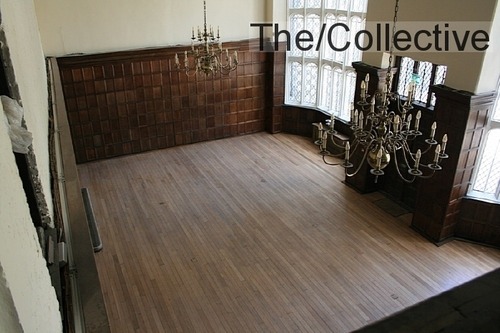
So take a walk through history with me in the following photos and tell me what you see…A home made with brick for the front and side and stone in the back…Wood, concrete, high ceilings, large windows, exposed pipes on ceilings, beams on ceiling…. and tell me what elements were not used that you would find in our love for open space living, loft living today~ all these architecture features are ones we love to recreate in our interior designs….
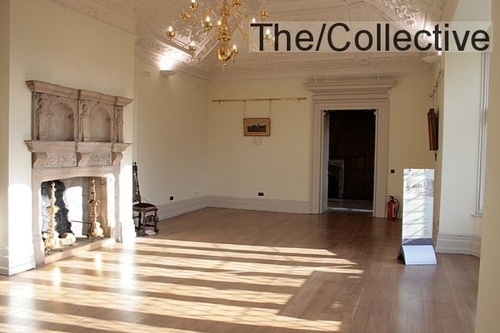
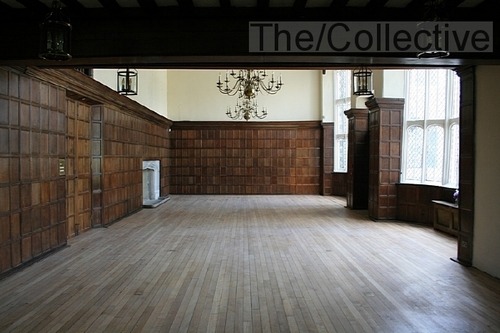
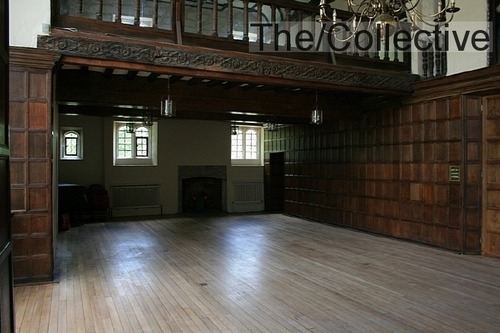
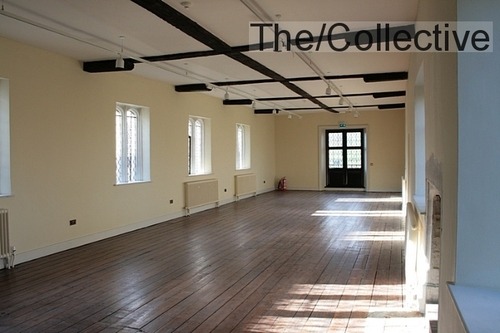
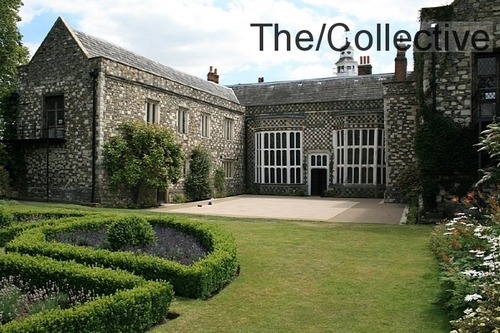
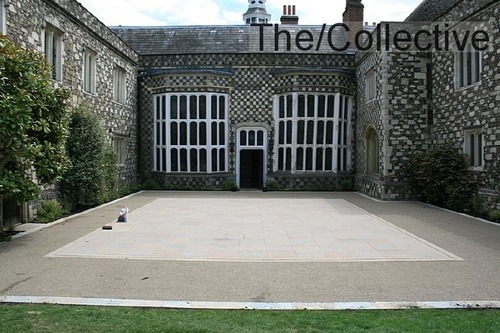
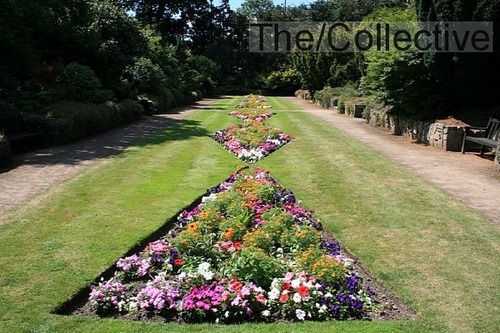
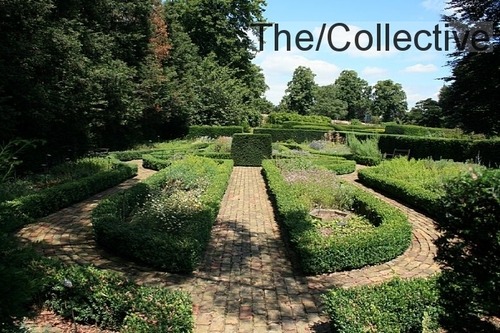
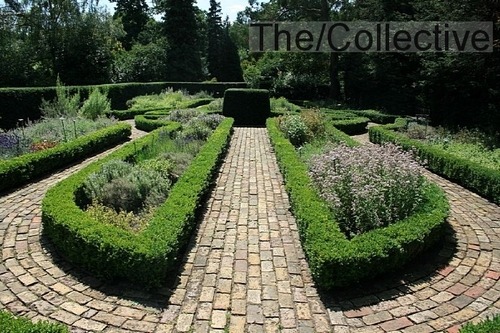
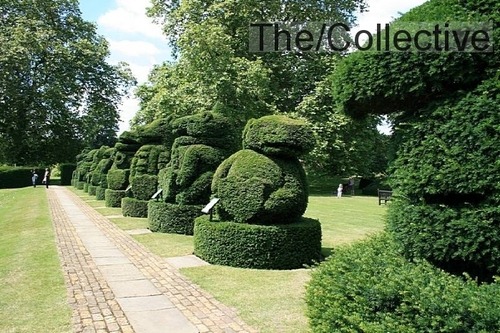
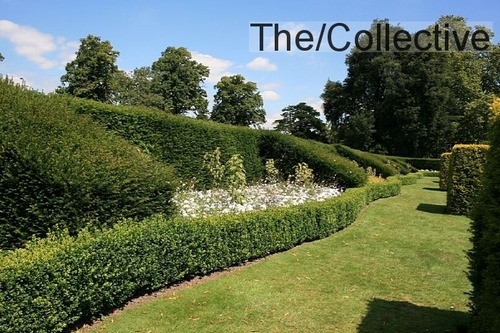
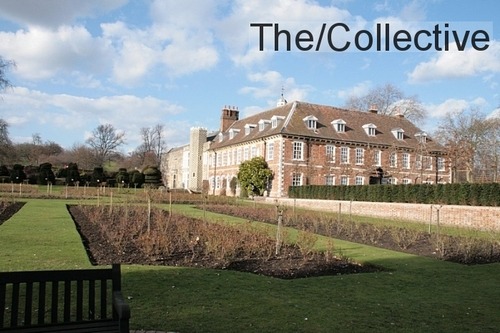
My pick for cool house of the day….
 ČERNÍN (CZ) - Nine years of joint discussions, reflection and designing have gone into HŠH architekti’s Villa Hermína – a supremely individual solution tailored to a specific client.
ČERNÍN (CZ) - Nine years of joint discussions, reflection and designing have gone into HŠH architekti’s Villa Hermína – a supremely individual solution tailored to a specific client.
Villa Hermína has had a long genesis. It began back in 1999 with an exhibition project by HŠH architekti at Prague’s Jaroslav Fragner Gallery. The Space House exhibition addressed the theme of space as an essential constant in the process of designing and understanding architecture. The architects behind the exhibition – Petr Burian, Petr Hájek, Jan Šépka and Tomáš Hradečný – presented six houses, each demonstrating a different spatial concept, in order to emphasize the importance of space inarchitecture. It is their belief that space is often neglected in contemporary design in favour of other architectural elements such as light or materials.
And it was precisely this approach to design that captivated the future Villa Hermína client, Michal Čillík. It should be noted that at turn of the century there were still not very many good quality family houses being built in the Czech Republic. Mostresidential construction at that time consisted of substandard catalogue housing, which appealed to many inexperienced customers because of the relative ease of buying a home and the quick construction time. But it resulted in large tracts of suburban residential development without any input from architects or urban planners.
Villa Hermína is a small family house at the very end of the little village of Černín. Though not immediately obvious, the central theme of the building is the internal spatial arrangement. The entire interior is one open, continuous space. This unconventional layout originated with the client who, as an ardent film lover, wanted a special room for screening films. This eventually became the starting point for thearchitects, who were inspired to design a ‘home cinema’ by the natural incline of the land. It was from this that the entire concept for the building gradually developed. The slope on which the house stands determined the incline of the two internal ramps, which are the defining feature of the living space. The steep 21 per cent gradient also added an experimental dimension to the design.
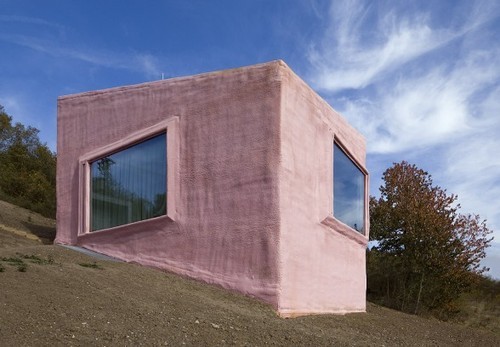
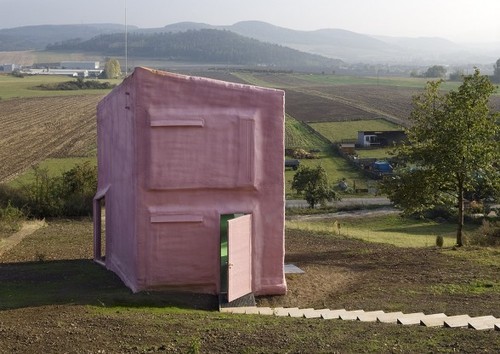
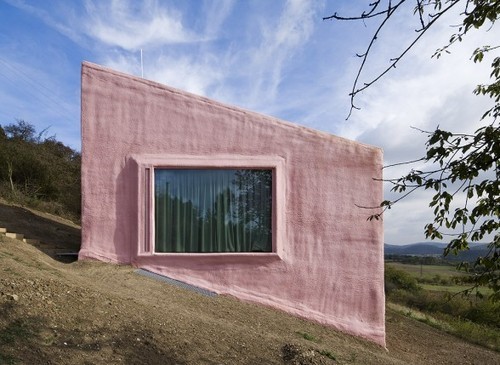
The lower of the two ramps is fitted out as a screening room with small, suspended armchairs, whereas the upper ramp offers a never-ending cinematic panorama of the nearby Brdy Hills through a large picture window. This solution does not allow for the placement of standard furniture but this merely serves to amplify the intense spatial experience, the awareness of every movement as well as the mutual proximity of family members.
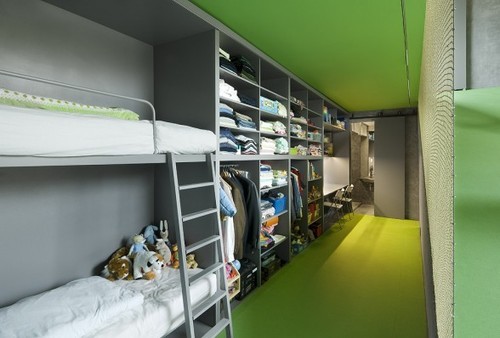
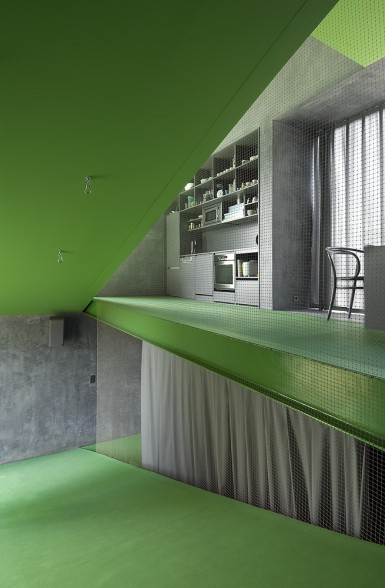
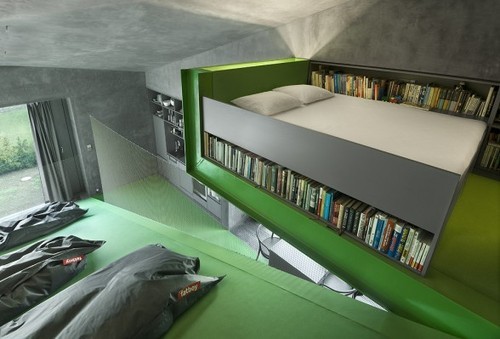
The remaining area between the inclined segments on the entrance floor is occupied by a kitchen-dining area; the children’s room and a study are on the lowest level, where there is also a spacious technical room underneath the ramp. The master bedroom, which is in fact no more than a bed, is on the highest level, where it cantilevers over the upper ramp like a ski jump. The bathrooms are situated on each floor in the straight parts along the front wall of the house.
The limited internal colour scheme is dominated by a distinctive green shade applied to the floors and parts of the ceilings, which references and continues the green vegetation in the adjacent garden. Because of the significant inclination of the ramps it was not possible to use standard floor coverings; the chosen anti-slip flooring is normally used in sports facilities. The rest of the area is in muted grey tones – a neutral backdrop for residents and visitors alike.
The internal spatial composition also affects the external form of the house. Each wall is perforated by only one opening, and the sloping roof follows the same inclination as the ramps. However, the non-traditional look of exterior owes as much to the sprayed polyurethane coating, which is both thermal insulation and rainscreen, and which has deliberately not been smoothed over. The rather unusual shade of pink is intended as a reference to the architects’ favourite building, the cavitation tunnel (1968–1975) of the Versuchsanstalt für Wasserbau und Schiffbau (Research Institute for Hydraulic Engineering and Shipbuilding) in Berlin by the architect Ludwig Leo.
Villa Hermína’s owner did not view the construction of a family home merely as a means to creating a home, but rather as the creation of an original work of art. And he managed to find just the right architects for this task.

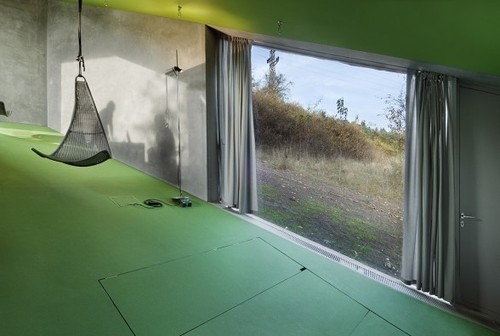
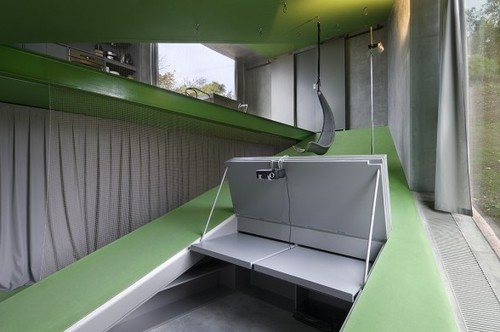
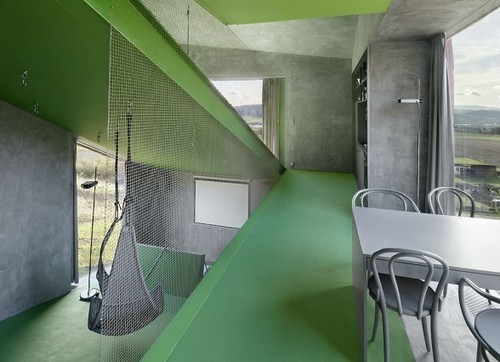
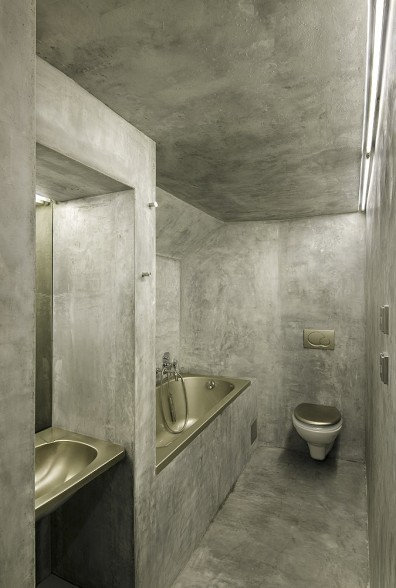
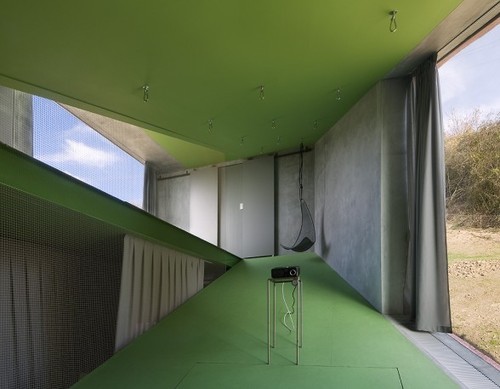
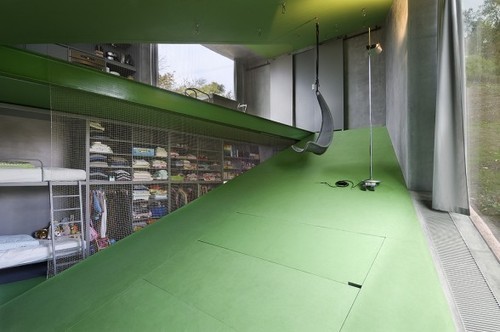
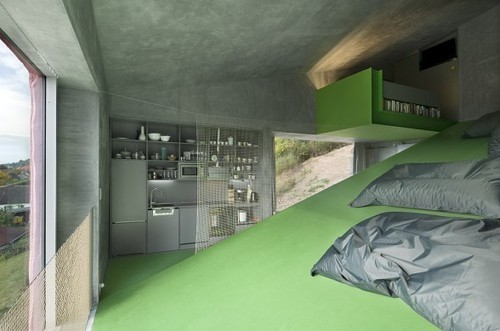
via ~ a10.eu magazine
